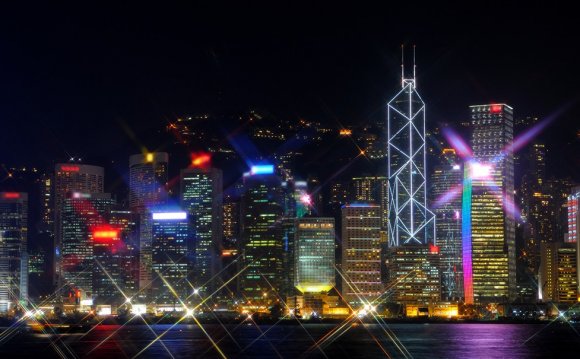

I own one photo filter
Digital photography has nearly negated the use of filters for me. I don’t have a “protection” filter on my lens as I feel it compromises the quality of my photos by adding a cheap flat piece of glass over my really good expensive curved glass. If I need to protect my lens I use my lens hood instead. If I had small children who were prone to grabbing my camera or touching my lenses, I might consider putting on some protection. Even then, I’d remove it for the serious photos; the paying jobs.
Before digital
In the days of film you had a separate section of your camera bag for colour correction filters: Magenta for shooting under fluorescent light, a cooling filter for shooting indoors without a flash, and a warming filter for shooting outside in the shade. That was because you generally carried around daylight balanced film, and had to filter for the different colour temperatures of light. Now you just set the correct white balance when capturing your photos, or fix it in image editing.
You also bought film that was biased with warm or cool colours and different colour saturation levels for portraits and landscapes: Ektachrome, Kodachrome, Velvia, Provia, Porta. Now you easily make these adjustments with a click or two, especially if you shoot raw files. You might also have had softening filters and star-crossed filters for extra visual effects. Now you just go to filters menu in Photoshop and add them after the fact, or play with your clarity in Adobe Camera Raw.
 There is only one filter that you really need for digital photography
There is only one filter that you really need for digital photography
I can do everything I need “in camera” or in image editing except I can’t remove reflections off windows and water. With a polarizer filter I can. It lets me see through windows and water that is busy with reflections.
How it works: A polarizer filter optically changes the properties of the light to eliminate non-metallic reflections. A polarizer filter is actually two pieces of glass mounted into one unit. You screw it to the front of your lens and rotate the movable piece of glass to get a live view of what your image will look like. What you see is what you get. A lot of people don’t know that you have to rotate the filter to make it work.
The filter limits certain light waves from entering the lens. If you are 90 degrees from the source of light you can eliminate the most amount of reflections. So if the sun is to your left or right you will see the most change. For digital photography use a circular polarizer.
Polarized lenses on your sunglasses help to eliminate glare too. On super sunny days where the roads are wet, or if you’re skiing in the bright snow, you will notice a remarkable difference if you use polarized lenses. I couldn’t survive without my polarized sunglasses.
YOU MIGHT ALSO LIKE










